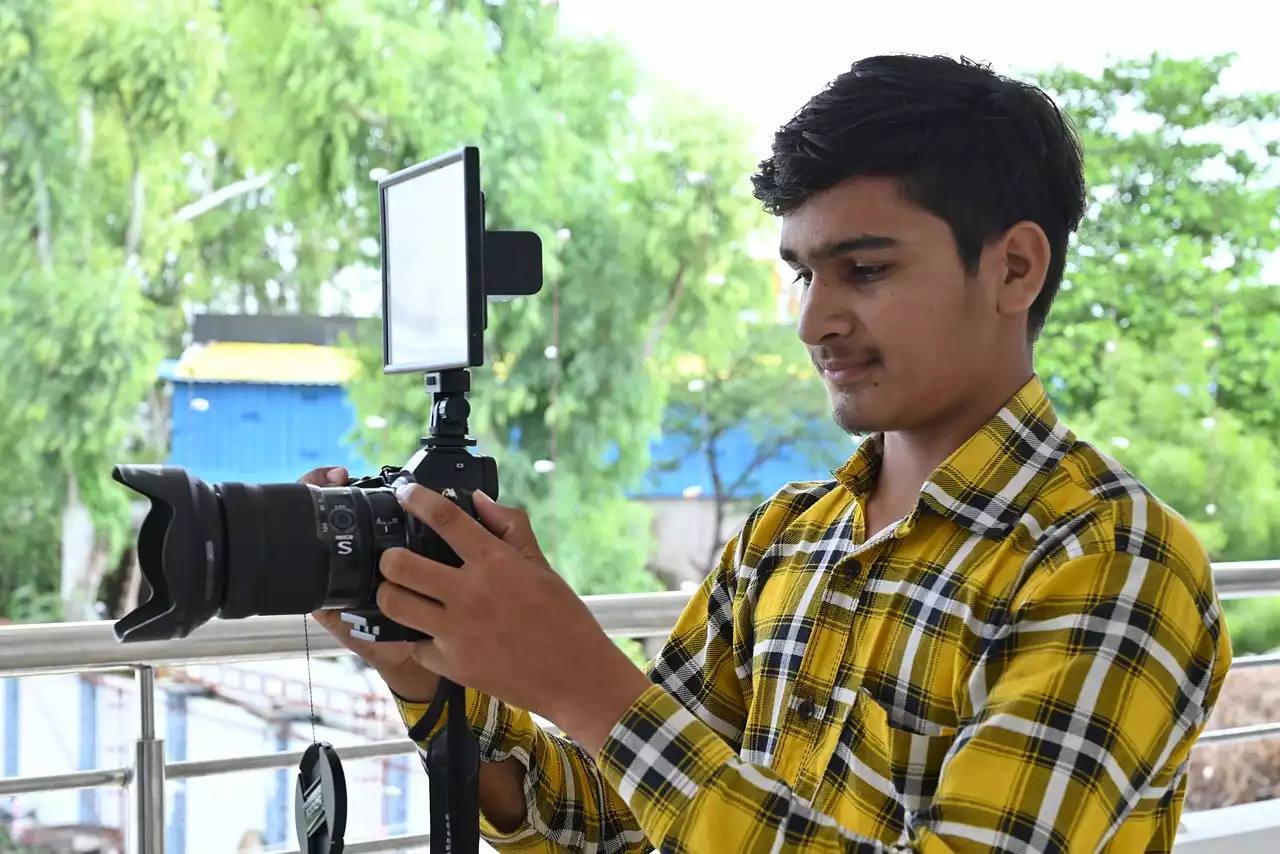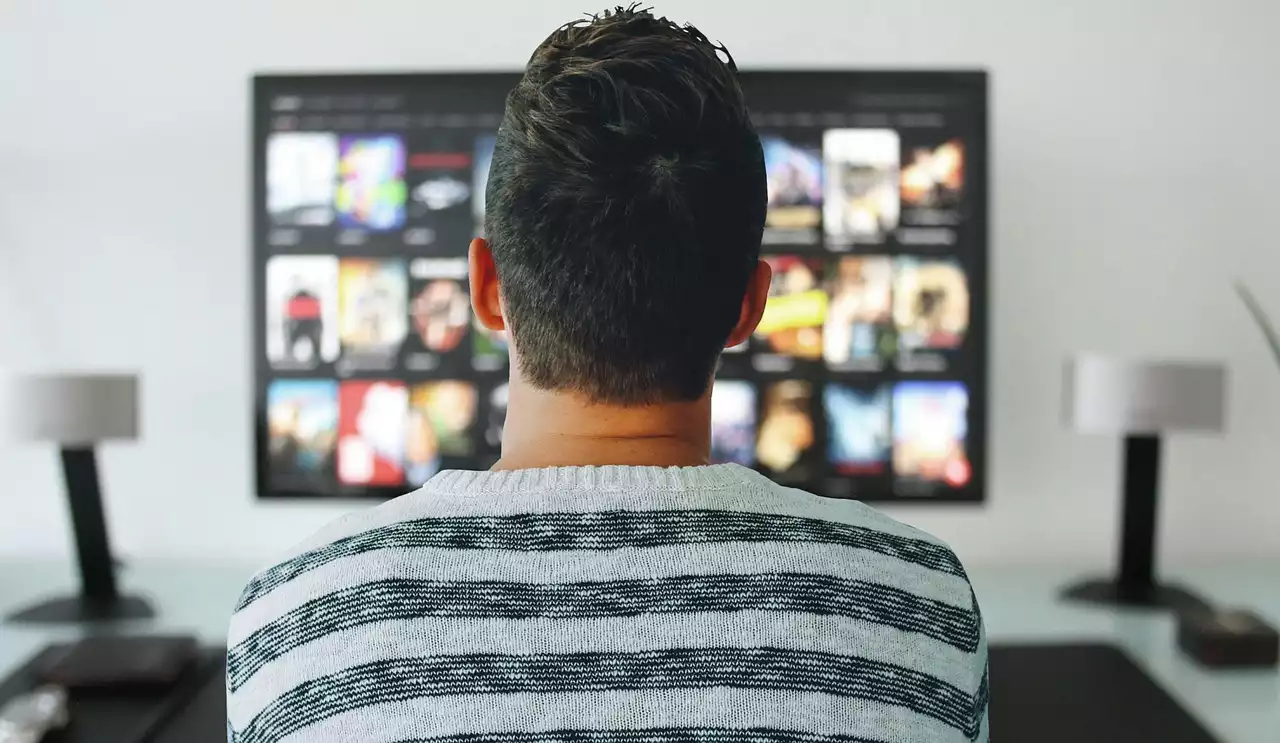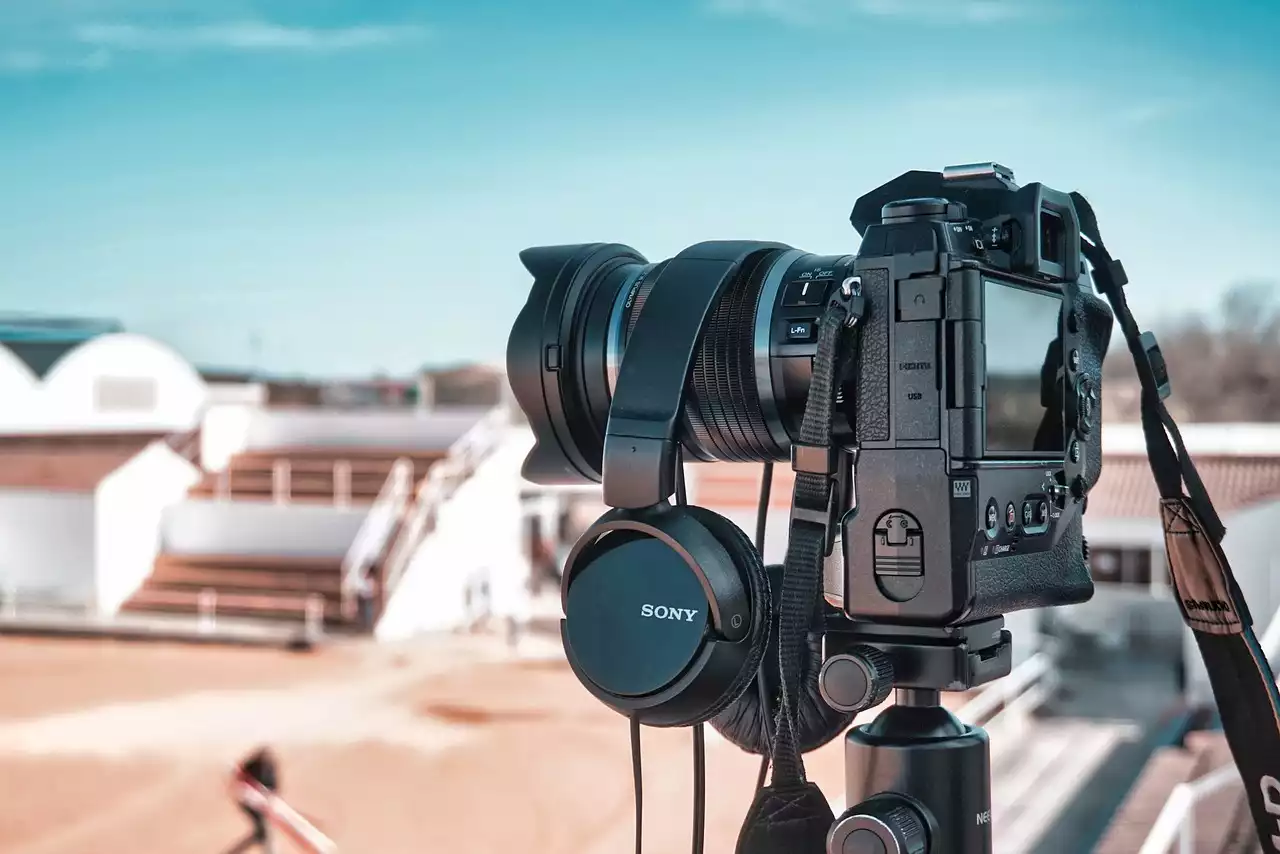Why use DIY video production tools?
DIY video production tools allow content creators to produce high-quality videos on a budget. By using these tools, you can create engaging videos that will help you connect with your audience. DIY video production also allows you to have more control over the creative process, from shooting the footage to editing the final product. With the right tools and techniques, you can create professional-looking videos that will help you stand out in a crowded digital landscape.
Another advantage of DIY video production is that it allows you to create content on your own schedule. You don't have to worry about scheduling shoots with a production team or waiting for a videographer to become available. You can shoot and edit your videos whenever it's convenient for you. This flexibility allows you to create more content and stay consistent with your video production.
Top 7 essential tools for DIY video production
1. Cameras and smartphones for shooting videos
The first essential tool for DIY video production is a camera or smartphone for shooting videos. While professional cameras can be expensive, smartphones have become increasingly capable of shooting high-quality video. With the right app and some basic accessories, you can shoot and edit video on your smartphone.
If you're looking for a dedicated camera, there are several options available at different price points. A DSLR camera is a popular choice for video production, as it allows you to shoot high-quality video and gives you more control over the creative process. Mirrorless cameras are also a great option, as they are smaller and more portable than DSLRs. Whichever option you choose, make sure to invest in a quality lens to ensure sharp and clear images.
Tips for shooting cinematic quality video with your smartphone
2. Lighting equipment and techniques
Lighting is an essential aspect of video production, as it can make or break the look of your video. Even if you're shooting with a smartphone, investing in some basic lighting equipment can help you achieve a professional look. A softbox or umbrella light can help diffuse the light and create a more even lighting setup. A ring light is another popular option, as it can create a flattering and even light on the subject's face.
In addition to lighting equipment, learning some basic lighting techniques can help you achieve a more professional look. For example, the three-point lighting setup is a common technique used in video production. This setup involves using a key light, a fill light, and a backlight to create a balanced and visually appealing lighting setup.
3. Microphones for capturing high-quality audio
Audio is just as important as video in creating engaging videos. Poor audio quality can quickly turn off viewers and make your video look unprofessional. Investing in a quality microphone can help you capture clear and crisp audio. There are several options available, including lavalier microphones, shotgun microphones, and USB microphones. Choose the option that best fits your needs and budget.
If you're shooting with a smartphone, there are also several options available for capturing high-quality audio. A clip-on microphone or a directional microphone can help you capture clear and crisp audio without breaking the bank.
4. Tripods and stabilizers for steady shots
Stability is essential in video production, as shaky footage can be distracting and unprofessional. Using a tripod or stabilizer can help you achieve steady shots and create a more professional look. A tripod is a basic tool for stabilizing your camera or smartphone and can help you achieve a static shot. A gimbal or stabilizer is a more advanced option that can help you achieve smooth and stable footage while moving.
5. Video editing software for post-production
Once you've shot your footage, you'll need to edit it to create a final product. Video editing software allows you to cut and arrange your footage, add transitions and effects, and adjust the color and audio. There are several options available, including free and paid software. Some popular options include Adobe Premiere Pro, Final Cut Pro, and iMovie.
If you're new to video editing, there are several tutorials available online to help you get started. Learning some basic editing techniques can help you create a more professional-looking video.
6. Stock footage and music libraries for enhancing videos
Sometimes, you may need to supplement your footage with stock footage or music. Stock footage can help you fill in gaps in your footage or add visual interest to your video. Music libraries can provide you with a variety of options for adding background music to your video. There are several options available for both stock footage and music, including free and paid libraries.
7. Tips for creating professional-looking DIY videos
In addition to the tools mentioned above, there are several tips and tricks you can use to create a more professional-looking DIY video. Here are a few tips to keep in mind:
- Plan your shots ahead of time to ensure a smooth and efficient shoot.
- Use a script or outline to keep your video focused and on topic.
- Use a consistent brand style, including fonts, colors, and graphics.
- Use b roll footage to add visual interest and supplement your main footage.
- Use jump cuts sparingly and strategically to keep your video engaging.
- Use captions or subtitles to make your video more accessible to a wider audience.










